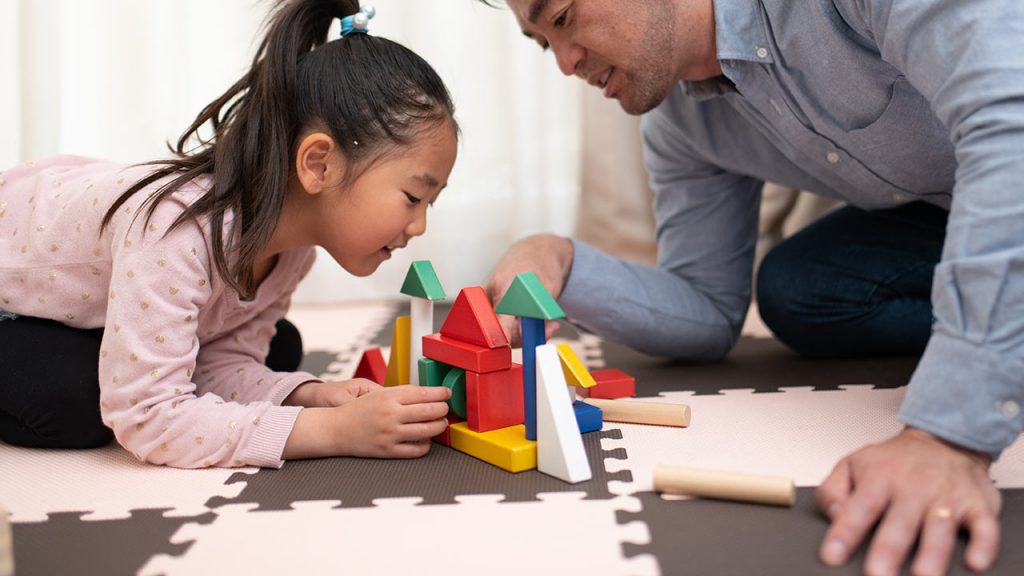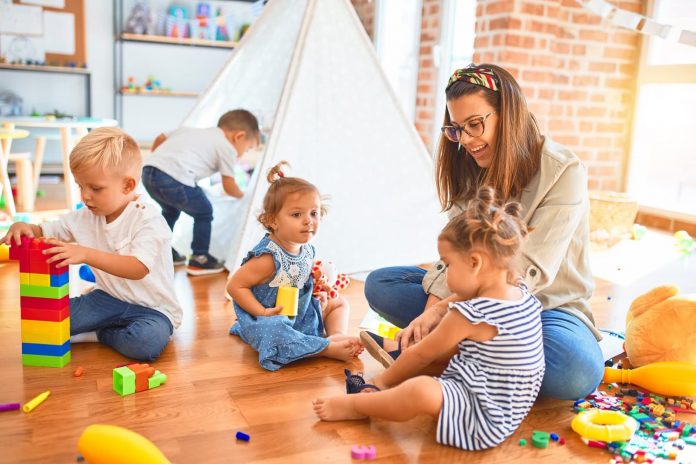What part do parents play in a child-led education? Often used synonymously with “unschooling,” child-led paints a picture of kids in control.
Child-led learning describes an approach to educating or homeschooling that gives consideration and preference to what a child wants to learn. The child-led approach is not so much about who leads, but about the child having a say and wanting to participate. Child-led learning includes:
- topics and activities chosen by a child without need of adult assistance
- topics and activities chosen by a child that require adult direction or instruction, and
- adult-initiated activities that a child participates in voluntarily
Is Child-Led Learning the Same as Unschooling?
Child-led learning is part of the unschooling approach. An unschooler may follow a child-led model, but a child-led learner isn’t necessarily an unschooler.
Unschooling is sometimes interpreted as if a child is left to discover everything on his or her own without any guidance or suggestion from adults. However, in my experience, unschooling parents are often significantly involved with their children’s activities and put effort into introducing topics and activities to their children.

Child-led learners, including unschoolers, can certainly, and may often, initiate and lead their own activities. A parent, family friend, another child, mentor, instructor, coach, etc., can certainly lead an activity that a child-led learner voluntarily and enthusiastically participates in. In this way, participation remains the child’s choice, thus child-led, for example:
- Sewing or craft instruction
- Dance, music, or art classes
- Science experiments
- Assisted study on topics of interest
- Test preparation (even unschoolers prepare for and take required tests)
Academic Structure and Guidance
My daughters sometimes come to me and say “I’m bored. What can I do?” This is an example of a child-led learner asking for an adult-initiated activity.

I’ve long kept track of the academic learning requirements and performance expectations nationally and in my state. I refer to those “standards” for ideas when my girls are looking for something new to learn or do. My children also have their own self-designed unschooling curriculum that we often refer to for activity and topic ideas.
In our child-led approach, my daughters participate in their own educational planning process. Most often they do lead their own activities. However, even their adult-led activities are participated in voluntarily, so in this sense, they’re still child-led.
Child-led activities are not necessarily led by the child. The key is that the child agrees to participate. Adults who use the child-led approach give preference to the child’s personal interests and include the child in educational planning.


















